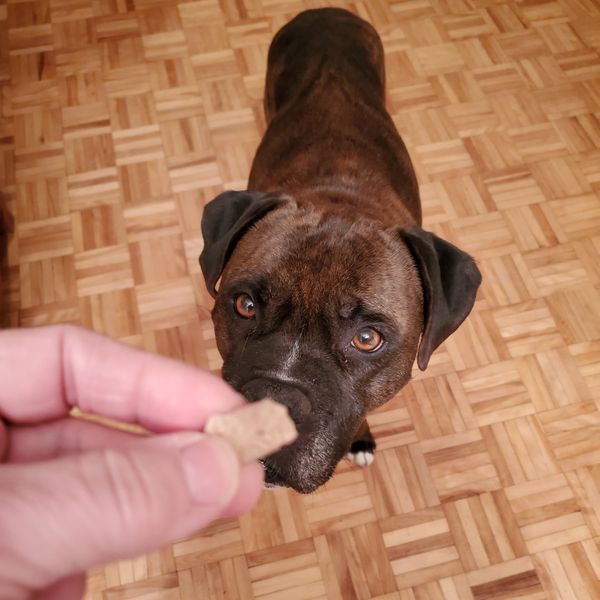By Gaby Dufresne-Cyr, CBT-FLE
I get many e-mails from people proposing their dog as an animal-assisted therapy partner in our programs. I also receive multiple messages each month from people who ask me to train their new puppy for emotional…
Read more























